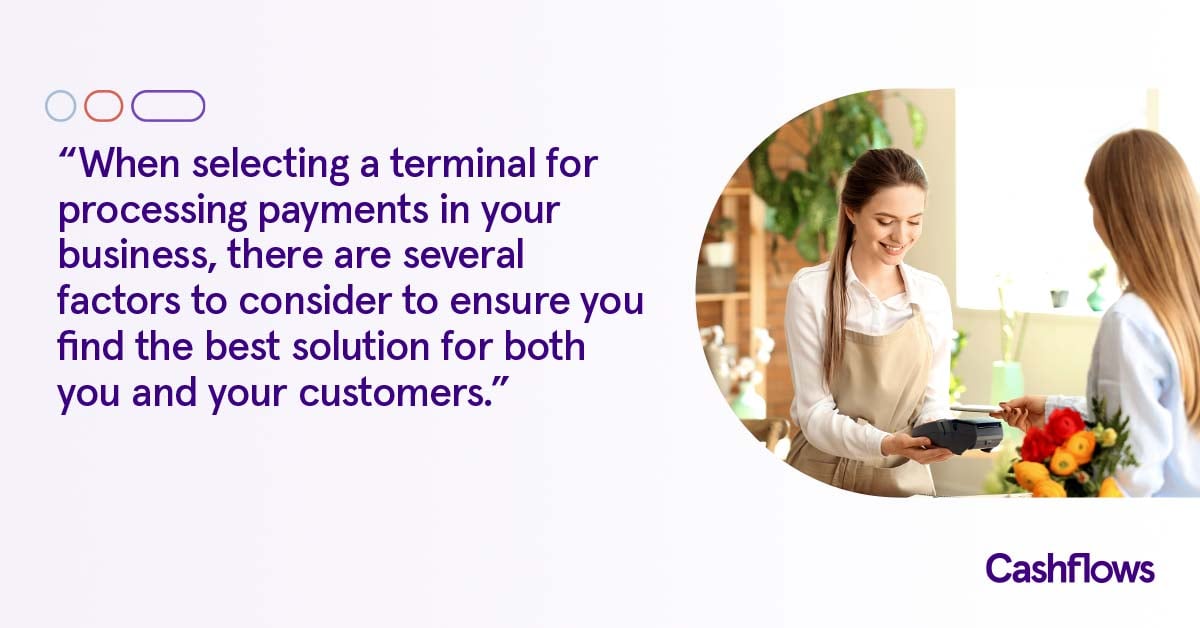FinTech in the B2B space is not particularly new. It has been around since the 1970s. Consider Nasdaq, the first electronic stock market in 1971, payment card network Visa in 1977, and financial services software provider Misys in 1979.
Then as now, the aim of FinTech is to use technology to make financial services more efficient. This means developing products and services that are more user-friendly, quicker and cheaper to deliver and optimised for digital channels. This is almost always invisible to the end business user, who can simply focus on their core business which is what they do best.
Back to front
The right type of tech helps businesses to think as well as act differently. It is this mindset that powers the FinTech movement. However, in the headlong rush to develop better customer experiences, perhaps firms have over-focused on the customer-facing front-end at the expense of the back-end technology.
“In 2018, businesses will find that it is the back-end tech as much as the front-end ‘Fin’ that drives strategy forward. After all, the back-end influences the types of propositions developed, but also speed-to-market and the ability to innovate and iterate,” says Jonathan Bennett, CCO, CashFlows.
When change is the new normal…
When everything is changing — technology, customer expectations, regulation — change becomes the new normal. The businesses best able to capitalise on an uncertain future invariably have three things in common, thinks Bennett.
Firstly, they align their technology behind their strategy. Irrespective of the markets or channels across which they trade, winning businesses are backed by their technology — and can move forward at pace.
Secondly, they can scale quickly as volumes increase or with sudden trading spikes or seasonal peaks. With modern payments architecture, extra capacity comes from simply adding more modules rather than building a new mainframe. This supports day-to-day operations. It also helps efficient and cost-effective growth, plus cuts project risk and launch times.
Thirdly, they have a ‘can-do’ culture. Being liberated from legacy systems also means being liberated from legacy mindsets. It fosters an internal cultural of innovation or ‘intrepreneurship’ around new ideas, strategies and propositions. This in turn helps deliver a greater external culture of entrepreneurship.
Smart partnerships
“Any business strategy has to be agile. So does a payments strategy and payments partner,” says Bennett. “So, I always advise choosing the right payment technology provider for the longer term.”
Cashflows is a FinTech provider of multi-channel payment solutions. Our technology and payments expertise allows European businesses to accept card payments from all major card schemes plus alternative payment methods through multiple sales channels. We also provide innovative payment solutions to merchants looking to reduce cost and improve payment success.
Our modern, purpose-built technology stack allows us to make good on our promises from day one. We typically run development projects in three-week sprints. This generally means we’re only weeks away from scoping and pivoting towards customer requirements. We are the tech behind payment FinTech.
Get in touch
Want to know more about CashFlows? Contact sales@cashflows.com to find out more.
Original article can be found here: https://business-reporter.co.uk/2018/01/28/fintech-january-2018/

